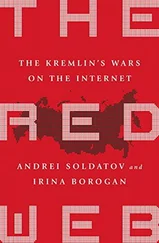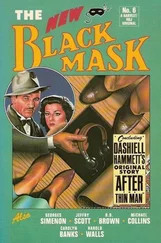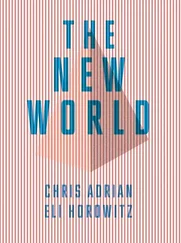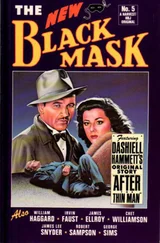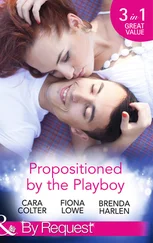16 16. This theme begins three bars before figure 50 in Berg’s piano reduction with voices, which Adorno was using.
17 17. Adorno first refers to this central Philosophy of New Music concept of Paul Valéry’s work in note 9 [7 in the German edition] from the part that deals with Stravinsky:The concept of refusal is fundamental for the whole of Stravinsky’s work and constitutes the unity of all its phases. ‘Each new work … is an example of renunciation’ (Cocteau, A Call to Order, p. 39). The ambiguity of the concept of renunciation is the vehicle of the entire aesthetic of that sphere. Stravinsky’s apologists make use of it in Paul Valéry’s sense that an artist is to be judged according to the quality of his refusal. (p. 185)In his ‘Letter about Mallarmé’ from 1927, Valéry writes: ‘Painstaking work, in literature, is manifested and operates in terms of refusals. One might say that it is measured by the number of refusals’ (Collected Works of Paul Valéry,Vol. 8: Leonardo, Poe, Mallarmé, trans. Malcolm Cowley and James R. Lawler [Princeton, NJ: Princeton University Press, 2015], p. 250).
18 18. See note 14 above.
19 19. The term ‘psychological variation’ could not be found in Richard Wagner’s writings.
20 20. Presumably a technical disturbance.
21 21. See Ernst Kurth, Grundlagen des linearen Kontrapunkts: Einführung in Stil und Technik von Bach’s melodischer Polyphonie (Bern: Drechsel, 1917). Adorno’s Nineteen Encyclopedia Articles on New Music include one on ‘linear counterpoint’ (see Adorno, Night Music, pp. 271–3).
22 22. In his edition of the 1904 Treatise on Instrumentation by Hector Berlioz, Strauss writes:The superiority of Wagner, who perfected the modern orchestra, over Berlioz, who created it, is usually said to consist exclusively in the more profound meaning of his poetic and musical ideas. Yet there are three technical points which should be stressed (of course with reasonable reservations) […]: first, the employment of the richest polyphonic style; secondly, the accomplishment of this through the invention and introduction of the valve horn; thirdly, taking over the virtuoso technique of the solo-concerto for all instruments of the orchestra (Beethoven already required this in his last string quartets, but not his symphonies). (Hector Berlioz and Richard Strauss, Treatise on Instrumentation, trans. Theodore Front [Mineola, NY: Courier, 2013], p. ii).
23 23. No such statement could be found in Schoenberg’s writings, though Adorno also mentions it in his 1957 article on Schoenberg for Die grossen Deutschen [The great Germans] (see GS, vol. 18, p. 312).
24 24. Act 3 begins with the funeral music.
25 25. In In Search of Wagner (trans. Rodney Livingstone [London and New York: Verso, 2005], p. 74), Adorno writes: ‘The occultation of production by means of the outward appearance of the product – that is the formal law governing the works of Richard Wagner.’
26 26. Schoenberg, Accompanying Music for a Film Scene for orchestra, op. 34 (1929–39).
27 27. Hans Rosbaud (1895–1962) conducted the Baden-Baden Symphony Orchestra of Southwest Radio at the ‘gala concert on the tenth anniversary of the International Summer Course for New Music’ on 20 May 1955 at the Darmstadt Stadthalle. The programme consisted of Schoenberg’s Accompanying Music for a Film Scene and Variations for Orchestra, op. 31, as well as Alban Berg’s Chamber Concerto for Piano and Violin with 13 Wind Instruments and, as a world premiere, Luigi Nono’s Incontri for 24 Instruments. Rosbaud had also conducted the premieres of the Accompanying Music on 28 April 1930 in Frankfurt and the Variations for Orchestra on 22 March 1931.
28 28. In his lecture ‘Wien’ [Vienna], Adorno likewise mentions Schoenberg’s statement about his Third String Quartet that it was ‘equipped with all the amenities of the modern age’ (see GS, vol. 16, pp. 440f.), but no documentation could be found.
29 29. ‘Traumleben’ and ‘Lockung’ are the first and penultimate songs from the Eight Songs, op. 6.
Schoenberg’s Counterpoint (1956)
Конец ознакомительного фрагмента.
Текст предоставлен ООО «ЛитРес».
Прочитайте эту книгу целиком, купив полную легальную версию на ЛитРес.
Безопасно оплатить книгу можно банковской картой Visa, MasterCard, Maestro, со счета мобильного телефона, с платежного терминала, в салоне МТС или Связной, через PayPal, WebMoney, Яндекс.Деньги, QIWI Кошелек, бонусными картами или другим удобным Вам способом.

